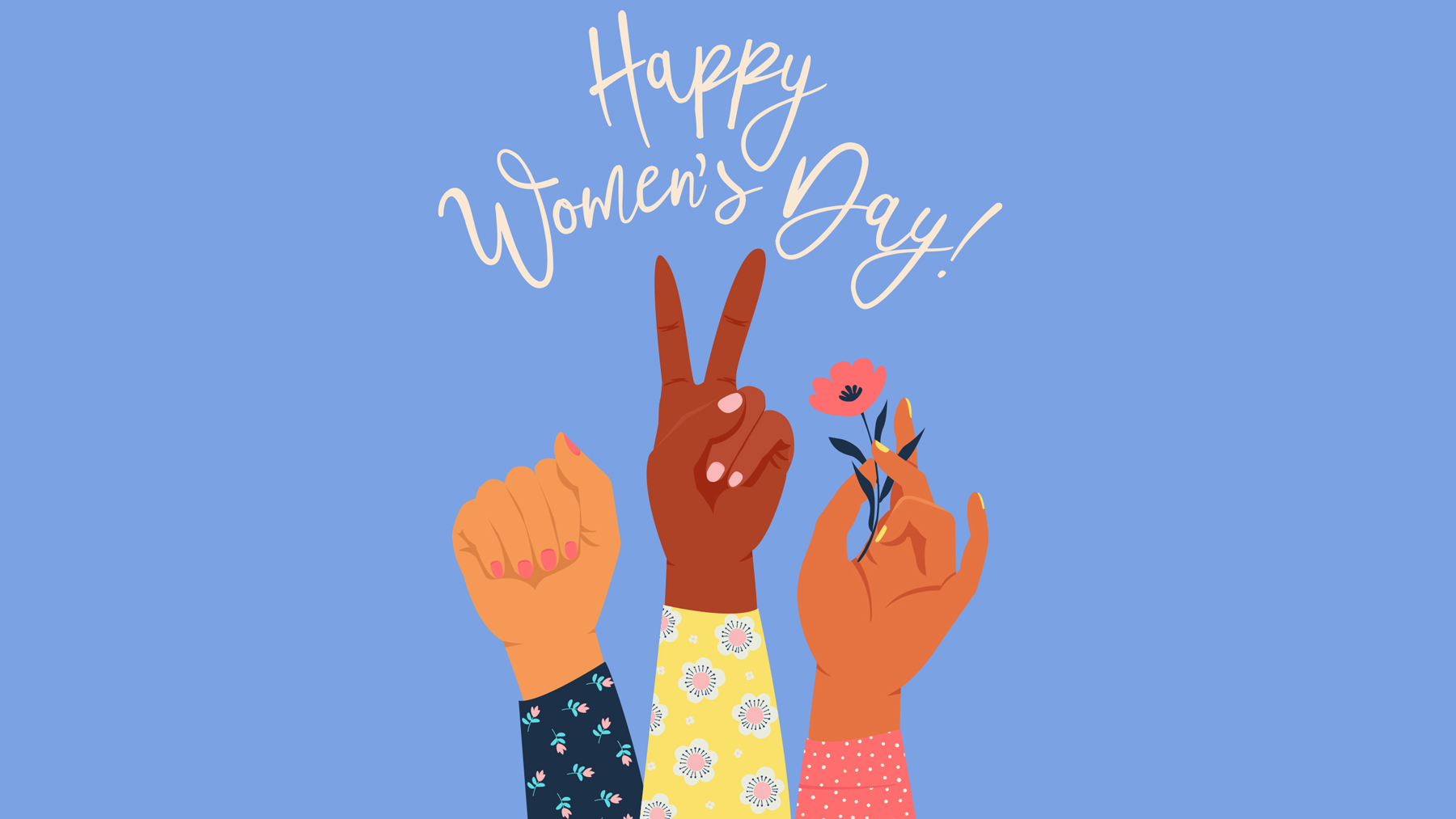
By Dr Sarah Montano and Dr Inci Toral
Birmingham Business School, University of Birmingham.
Given that women have such power, it is surprising that retail activity is male centric. Often, we feel patronised, frustrated that products do not meet our needs or are actually dangerous for women.
Join Sarah and Inci for an event on International Women’s Day (8th March) looking at women in retail. Register for ‘Breaking the Bias: Women in Retail’ via Eventbrite.
Historically, International Women’s Day celebrates the working women’s suffrage to gain equal rights with men. However, we’re asking whether it is only working women who have suffered from inequality. As Caroline Perez, notes we live in a world for men, designed by men! We ask:
- Have you wondered why your pink razors cost more than the blue ones?
- Have you ever struggled to push the pram between racks in a department store?
- Have you ever struggled to use your phone due to its size?
- Why do baby trousers have pockets and yet why do women’s trousers lack useful pockets?
With the core theme of this year’s International Women’s Day being ‘Breaking the Bias’, we discuss why retail appears to be designed for men and what we can do to challenge this. We find the default male approach interesting in retail, as in fact women are both the primary drivers of retail consumption decisions and spending, whilst forming the majority of low-paid retail employees.
Here are the facts. Women drive 70% of consumer spending and make the majority of household purchasing decisions, indeed Forbes argue that if you want to know what marketing is doing and where it will go – follow women! LVMH accepted that they get their inspirations for their designs from the streets that are full of women who are trying to get by through their daily chores. In 2009, the Harvard Business Review even argued that women drive the economy with a spending power double that of countries such as India and China. This increase in spending power has arisen over the last century by the increase in women gaining access to education and entry into the workplace, thanks to the suffragettes. The multiplier effect is particularly influential, as women are more likely to act as carers and buy for or influence family members and are thus the gatekeepers of household spending.
Given that women have such power, it is surprising that retail activity is male centric. Often, we feel patronised, frustrated that products do not meet our needs or are actually dangerous for women. In fact, very recent Australian research suggests that a lack of female crash test dummies may be a key reason why women are more likely to be injured and hospitalised after a road traffic accident. On a lighter note, Bic launched a range of pens “for her” and the reviews on Amazon illustrate the frustration that women feel with products and the patronizing response from brands. Even more responsible brands like Brewdog were criticised as putting up a marketing stunt when they launched their Pink IPA “for girls.”
Alongside female consumer power, women also form the majority of retail employees, with the wholesale and retail sector the second in the UK for the most female employees (14%). There is also a gender pay gap. Median weekly earnings for female employees working full-time stood at £543 in April 2020, compared to £619 for their male counterparts. During the COVID-19 pandemic, women were also more likely to lose their jobs in retail or were subject to heavier workloads while working from home, taking care of the household and providing for the family. An article written by McKinsey Co. sheds light on the struggles of women during COVID-19, which led to large numbers of women opting out of the workforce.
Adding to these issues are the concerns around sustainability and increasing the awareness of the environmental damage to the planet, with women being asked to change their behaviours to benefit the planet. Whilst, of course we all need to do more to protect our future, in this context we ask why much of the burden is falling on women. For example, good environmental practice often leads to more work and an increase in the mental load – such as cooking from scratch, using reusable nappies rather than disposables and composting kitchen waste.
So, given women hold the decision and spending power, and are also more likely to be employed in retail, what can we do to change retail for the better?
Women are instrumental in using spending power to seek out brands that are more responsible and meet their needs. With busy lives, women are seeking out brands that offer convenience and meet their needs, a great example of female centric brands are Third Love, who make bras in half sizes, and BeautyBlender founder Rea Anna Silva, who changed the very way we apply make-up. Women are also driving the key trend of second-hand shopping by shopping in charity shops and using apps such as Vinted.
As women we have power to change company practice and the world – let’s use it!
- More about Dr Sarah Montano at the University of Birmingham
- More about Dr Inci Toral at the University of Birmingham
- Back to Business School Blog
The views and opinions expressed in this article are those of the author and do not necessarily reflect the official policy or position of the University of Birmingham.
